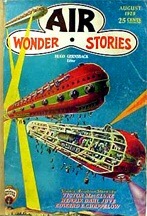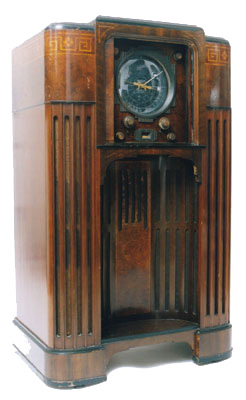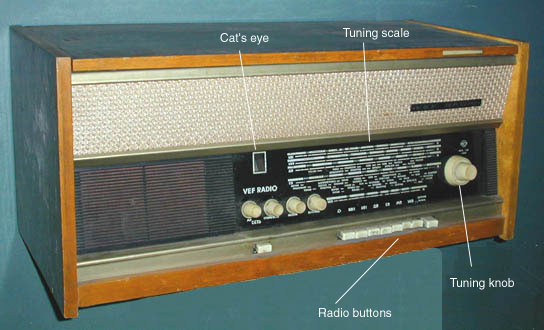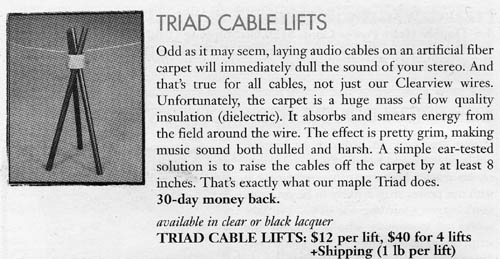Today I received in the mail a fresh shipment of coffee from Victrola Coffee. Inside, along with the coffee was a handwritten postcard, thanking me for buying their coffee and encouraging me to let them know what I think about it.
I bought a pound of their house blend, Streamline Espresso ($13 /lb), as well as half pound packages of pricier special coffees, Colombia La Esperanza #1 Cup of Excellence ($18/lb) and Kenya AA Mtaro ($14/lb).
If I had sufficient financial resources, I would buy coffee in half pound increments, on a weekly schedule, because coffee is only at its best for a few days after roasting. I would also buy a Synesso Cyncra and a Clover machine. Well, ok, enough dreaming, as what I have in terms of coffee and equipment right now is pretty damn good.
I loaded the award winning Colombia La Esperanza into my grinder and pulled a shot. There was a lot of crema (as there always is with coffee this fresh), but it wasn’t deep red. There were little dark flecks which I guess could pass for “tiger flecking.”
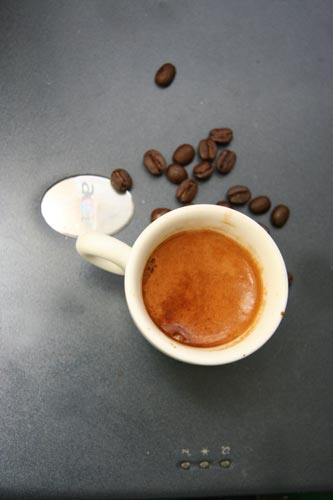
“Juicy, complex citric notes in the dry aroma turn into dried apricots in the crust. The cup is astonishingly clean with brilliant cranberry acidity, white wine, honey & melon.”
– says the website.
Tasting wine, coffee and cigars is highly subjective, and gets rather ridiculous, just like judging audiophile equipment. I never know if I am so stupid and insensitive that I can’t detect all the subtleties that the real fanatics detect; or so stupid that I believe that generally vacuum tube amps sound more pleasant and that there are “notes” of different stuff in good coffee, wine and cigars.
Starbucks has a huge variety of coffees. They all taste pretty much the same though, because they are over-roasted and under-extracted. Espresso made from any of their beans has the same notes: hydrochloric acid, burnt coffee and donkey. Yet they go on and talk about notes of chocolate, toffee and oranges; conduct coffee tastings and train their employees to talk about it to the customers.
Once you properly pull a shot of well roasted coffee that is also fresh, it does not have enough acid that would cover up the thousands of complex aromatic organic molecules that really confuse your taste buds. Your brain starts trying to assign familiar tastes to the weird electrical impulses generated by your taste buds. Without overpowering bitterness and burnt character, the playing field is leveled for these subtle and rather weird flavors. Coffee starts tasting the way freshly ground coffee smells.
The beans of Colombia La Esperanza had a smell that I have not encountered in my life yet. It was similar to the way really expensive chocolate-covered dried apricot would smell, although that wasn’t it. It was something else. But if it were sold, it would come from an expensive store individually wrapped in tissue papers inside a well-made wooden box.
Espresso made from the beans was amazingly tasty. The major taste element was that weird apricot smell which actually went away after a while, replaced by something very similar to an expensive white wine aftertaste.
In short, some of the best espresso that I’ve had in a long while. And that apricot-like taste still haunts me.



